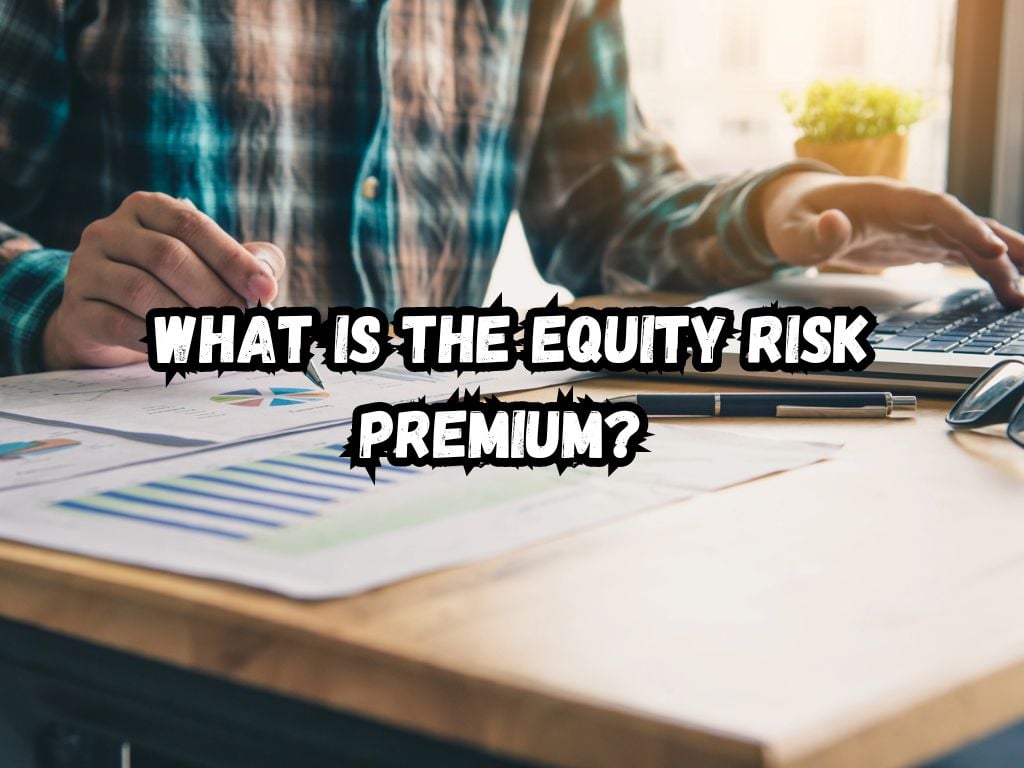In the complex world of investment, the Equity Risk Premium (ERP) emerges as a crucial concept, guiding investors in making informed decisions.
This article unravels the essence of ERP, its historical evolution, components, calculation methods, and its pivotal role in shaping investment strategies.
What Is the Equity Risk Premium?
The Equity Risk Premium represents the extra return that an investor expects from holding a risky market portfolio instead of risk-free assets. It is the compensation investors demand for bearing the higher risk associated with equity investments.
The concept of ERP is foundational in finance, providing insight into the trade-off between risk and return.
Historical Perspective
The notion of the ERP has evolved alongside the stock market, adapting to changes in economic conditions, market dynamics, and investor behavior.
Historically, ERPs are calculated by comparing long-term returns of stocks against risk-free assets such as government bonds. This historical analysis serves as a gauge for future expectations, though it’s crucial to remember that past performance does not guarantee future results.

Components of ERP
The ERP consists of two primary components: the risk-free rate and the market risk premium.
Risk-Free Rate
The risk-free rate is the return of an investment with no risk of financial loss. Government bonds are often considered the closest examples of risk-free assets.
The risk-free rate is a base over which the equity risk premium is calculated.
Market Risk Premium
The market risk premium is the difference between the expected return on the market portfolio and the risk-free rate.
It reflects the additional return expected by investors for taking on the higher risk of investing in the stock market.
Calculation of ERP
Calculating the ERP involves identifying the expected return on the market, the risk-free rate, and then finding the difference between the two.
Various models, like the Capital Asset Pricing Model (CAPM), offer frameworks for this calculation, using historical data to predict future premiums.
Factors Affecting Equity Risk Premium
Economic conditions, market volatility, and political events can swing the ERP significantly.
During times of economic uncertainty or high market volatility, the ERP tends to increase as the perceived risk of investing in equities rises. Conversely, stable economic conditions might result in a lower ERP.
Applications of ERP
Investment Strategy
Investors use the ERP to tailor their asset allocation, balancing between risk and expected return. A higher ERP might encourage investors to allocate more towards equities, expecting higher returns for the assumed risk.
Corporate Finance
In corporate finance, the ERP helps in evaluating investment projects and capital budgeting decisions. It’s a crucial component in determining the cost of capital and thereby the feasibility and expected returns of potential investments.
ERP and Diversification
Diversification can affect an individual’s or a portfolio’s ERP. By spreading investments across various assets or markets, investors can potentially lower their risk without proportionately reducing their expected return, thus impacting the ERP calculation.

Global Equity Risk Premiums
ERPs vary significantly across different countries and markets, influenced by regional economic conditions, market maturity, and political stability. Global events, such as economic crises or geopolitical tensions, can also lead to fluctuations in ERPs around the world.
Challenges in Estimating ERP
Estimating ERP is fraught with uncertainty. The future is inherently unpredictable, and assumptions made in calculating ERP can lead to wide variances in estimates.
Analysts and investors often need to consider a range of ERPs under different scenarios rather than relying on a single figure.
Frequently Asked Questions
While ERP measures the expected return on equities over risk-free assets, a stock’s beta quantifies its volatility relative to the market. Both concepts are related to risk but from different angles.
ERP provides an expectation of the premium investors require over risk-free rates, but it’s not a direct predictor of stock market returns. It’s an indicator of the market’s risk sentiment.
Differences in economic conditions, market maturity, political stability, and regulatory environments contribute to the variation in ERP across countries.
How often should an investor re-evaluate their portfolio’s ERP?
Given the dynamics of the financial markets, investors should periodically review their portfolios’ ERP, especially in response to significant economic or market changes.
Does a higher ERP always mean a better investment opportunity?
A higher ERP indicates higher expected returns for higher risk. Whether it represents a “better” opportunity depends on an investor’s risk tolerance and investment horizon.
Conclusion
The Equity Risk Premium is a cornerstone concept in finance, encapsulating the compensation investors seek for bearing equity risk.
Despite its variability and the challenges in precise estimation, ERP remains a critical tool for shaping investment strategies, asset allocation, and corporate financial planning.
Understanding ERP allows investors and financial professionals to navigate the complex dynamics of the market with a more informed perspective.


 Tags:
Tags:










